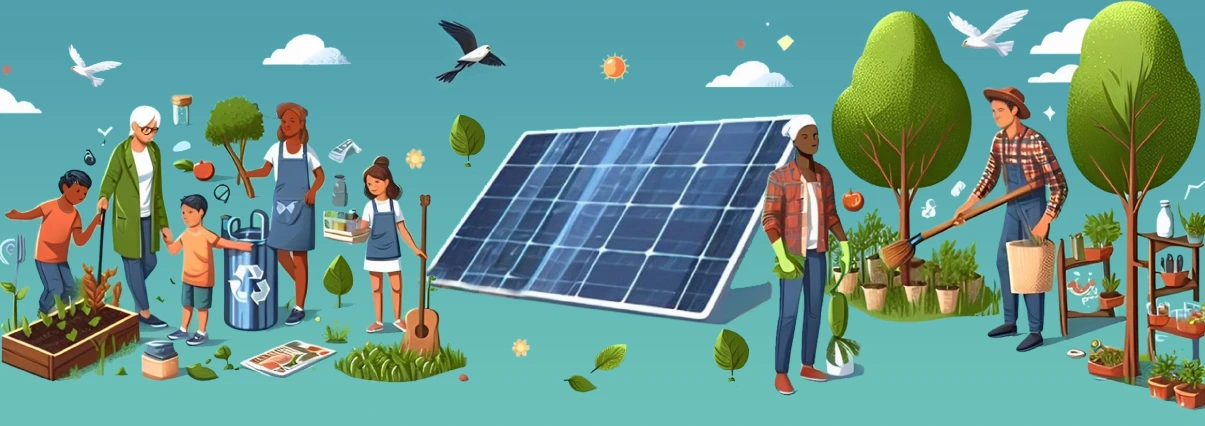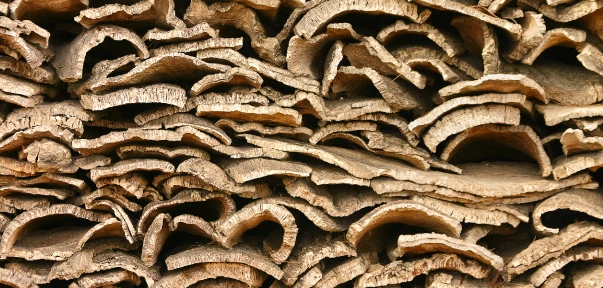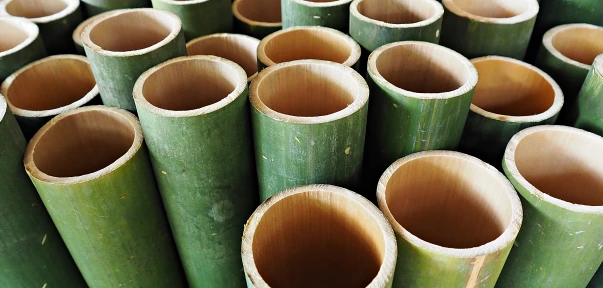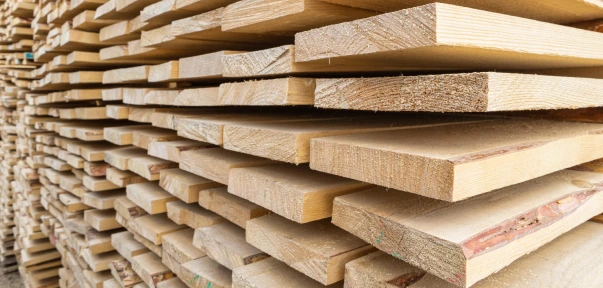We believe that ‘sustainability’ in the construction materials’ realm (and therefore in the interiors arena) should encompass several main points:
- using natural materials that have sourcing and carbon sequestering advantages over competing products (which includes low energy inputs in their creation)
- when adhesives and finishes are used, they are low-VOC, non-toxic, and do not negatively affect the indoor air quality (and occupant health)
- and that the products being created (and used) are designed to be durable and long-lasting, and relative to maintenance, minimal maintenance is needed, and when it is required, it is as low toxic as possible.

Our goal in our product selection and sourcing is to ensure all products epitomize these aspects.
At a base level we value rapidly renewable species, like cork and bamboo, as well as other materials like sustainably harvested or ‘re-used’ wood, and products made of natural components.

Cork
The cork used in our products is grown on cork plantations in the Mediterranean, where centuries of cork growth have occurred. Though cork is considered rapidly renewable, it is a tree unlike any other. Once a tree reaches maturity (25-30 years after planting), the bark is peeled off the tree(s) every 9 years. Once peeled, the bark is left to regrow, where it regenerates until it is harvested again in another 9 years. This cycle, for each tree, can continue for hundreds of years. The bark, with its captured carbon, is used in a multitude of ways in our products. We use granules (ground up bark) to mold and press into sheets, we use veneers of the bark, and we use slabs of the actual bark. Really, no part of the cork tree is left unused, creating a closed loop system.
Bamboo
The bamboo used in our products grows up to 80’ in height in a span of 5 years, and then the material is harvested, processed, and developed into our products. What is unique about bamboo is that once it is cut, the regrows from the same root shoot system, creating continual replenishment of the raw material. The fast growth rate and fact that the raw material naturally replenishes itself, ensures there are high levels of carbon capture and sequestration.


Wood
Our wood products, like those from bamboo and cork, are natural, non-toxic, and have significant value relative to their ability to sequester carbon. Though ‘wood’ typically sequesters less carbon than an equivalent stand of either bamboo or cork trees over its’ life (as the growth of most species is much slower), when used properly in the right application, it is extremely long-lasting, is bio-degradable, and provides climate buffering value.
And….what we feel is NOT ‘sustainable’
We firmly believe that using ‘sustainable inputs’ in products has exponential value in terms of the environment, climate considerations, and cost over time.
Certain low-cost, commoditized products that are increasingly popular and used more frequently in ‘interiors’ can be a real environmental catastrophe. If you take PVC or vinyl as an example, the material, albeit quite inexpensive, is toxic (significant off-gassing – can lead to health conditions of occupants), high polluting (relative to toxins created during its manufacture, and when discarded, the chemicals within it can leach out, etc.), and typically has a low lifespan (so it gets replaced more often). Our position on selecting products that are clearly NOT sustainable (by our definition), is that the negatives significantly outweigh any short-term benefits. It has been shown that over the life of a structure, most of these ‘toxic’ products (like vinyl, nylon carpets, etc.) will cost more (in a dollar and cents analysis) than products designed sustainably, once you factor in maintenance, frequency of replacement, etc.
And this is solely economic analysis. How it affects the environment, climate, and one’s health is equally important, if not more so – and takes on a whole other analysis of non-personal costs.
To us, it becomes obvious that ‘natural’ materials provide greater environmental value and help us chart the path towards sustainability.
